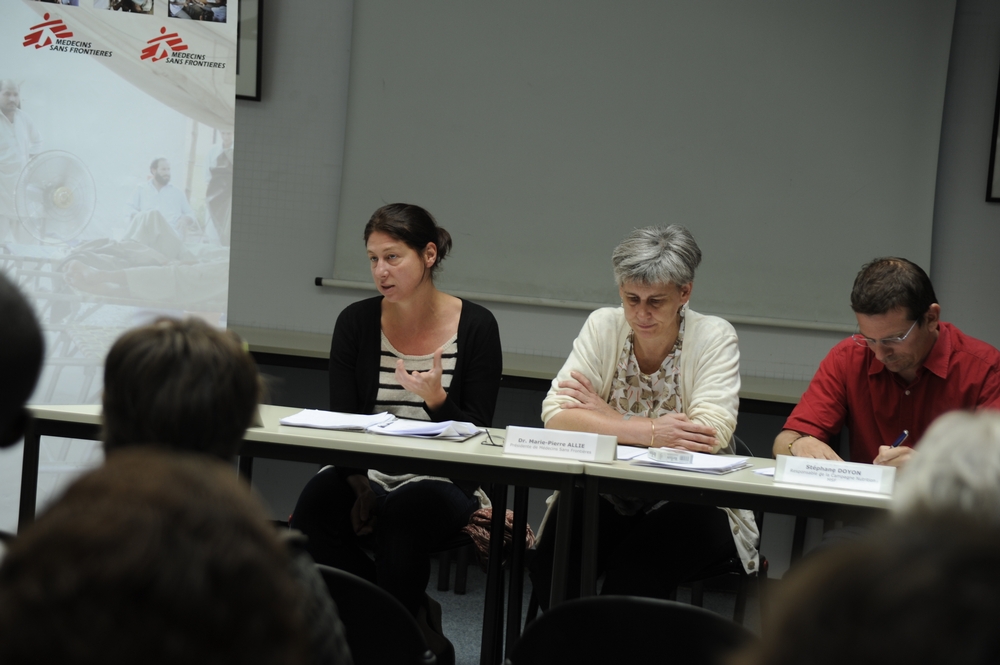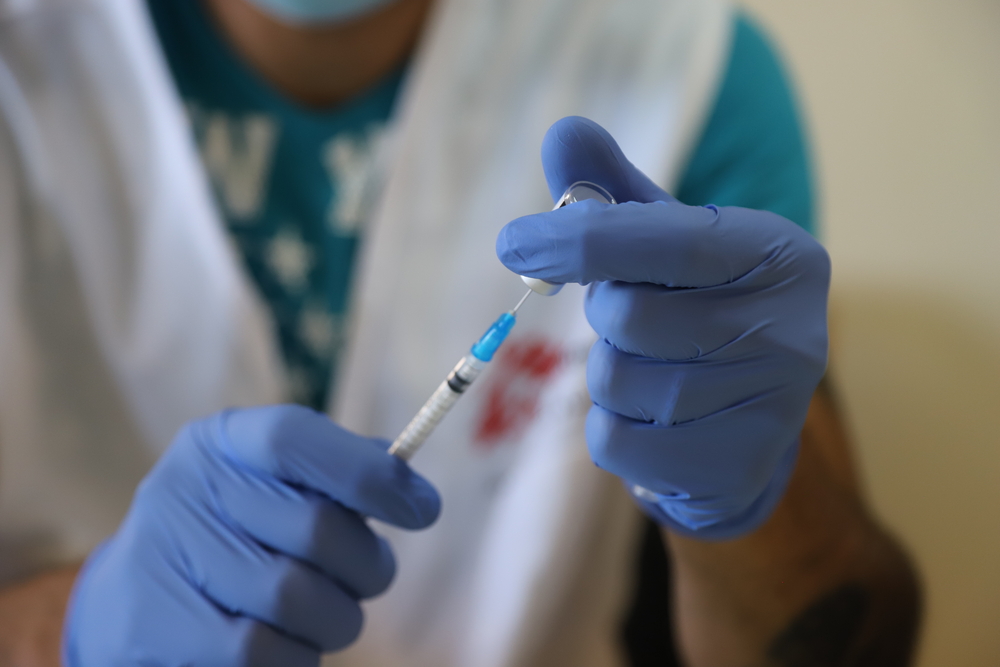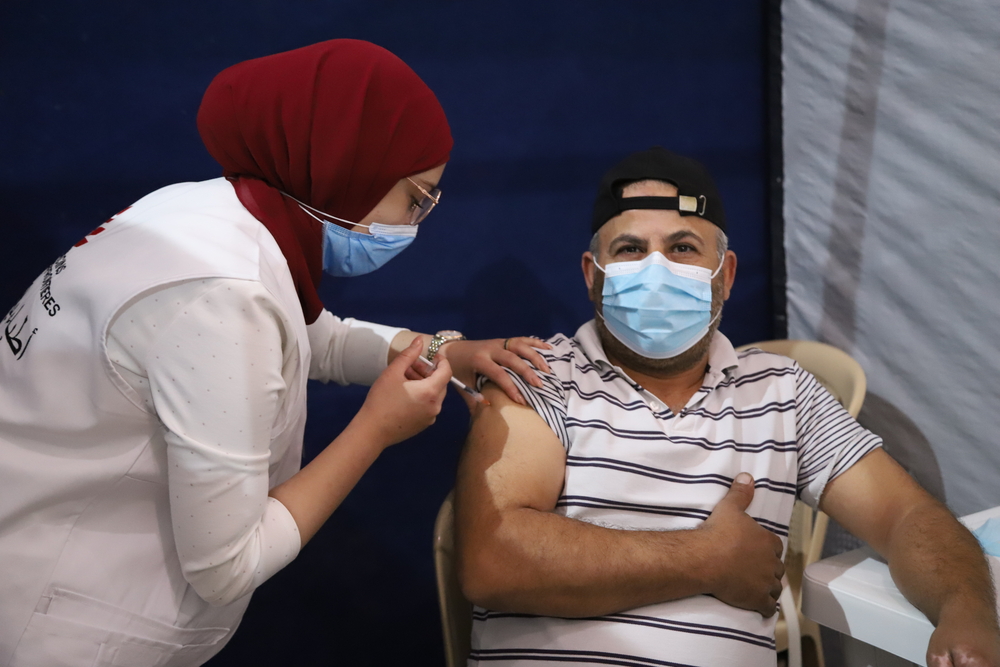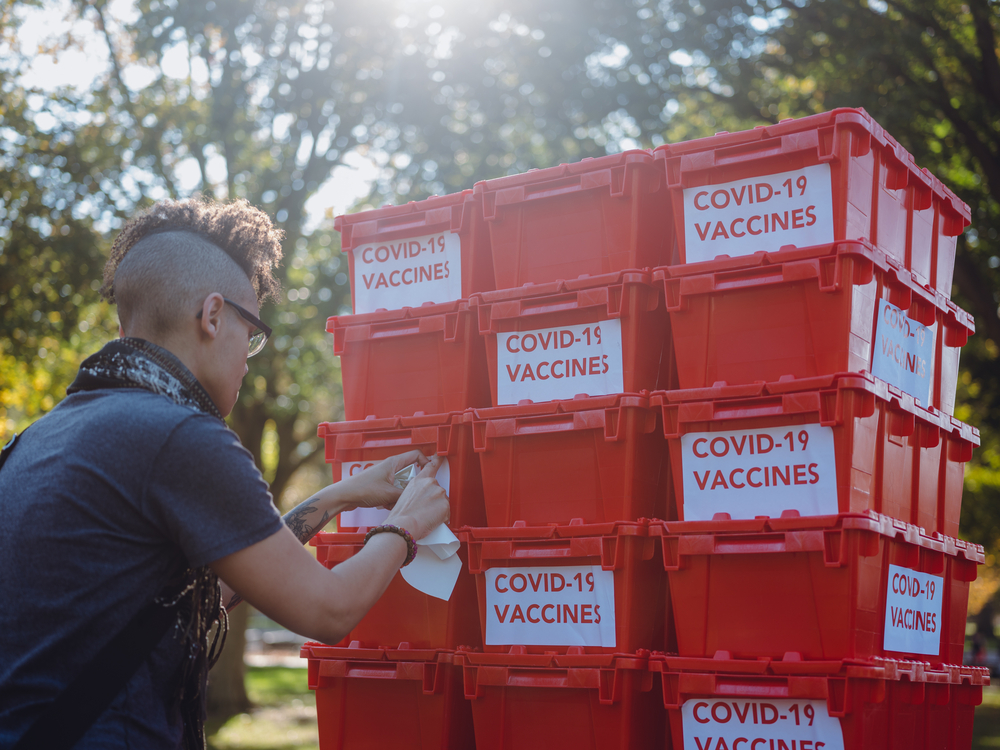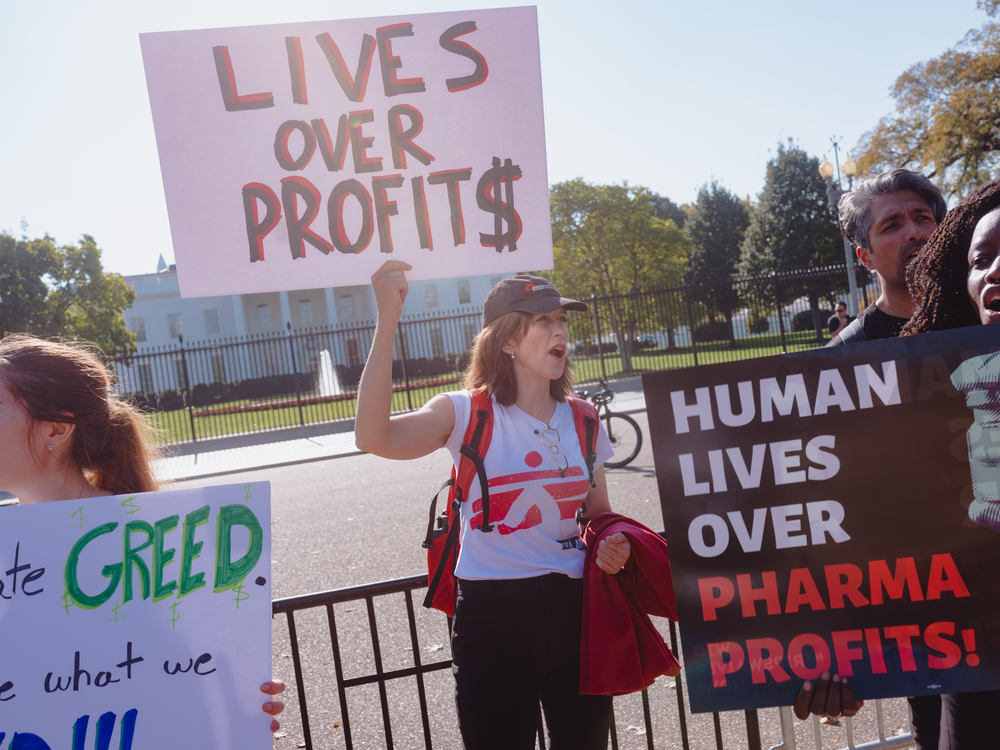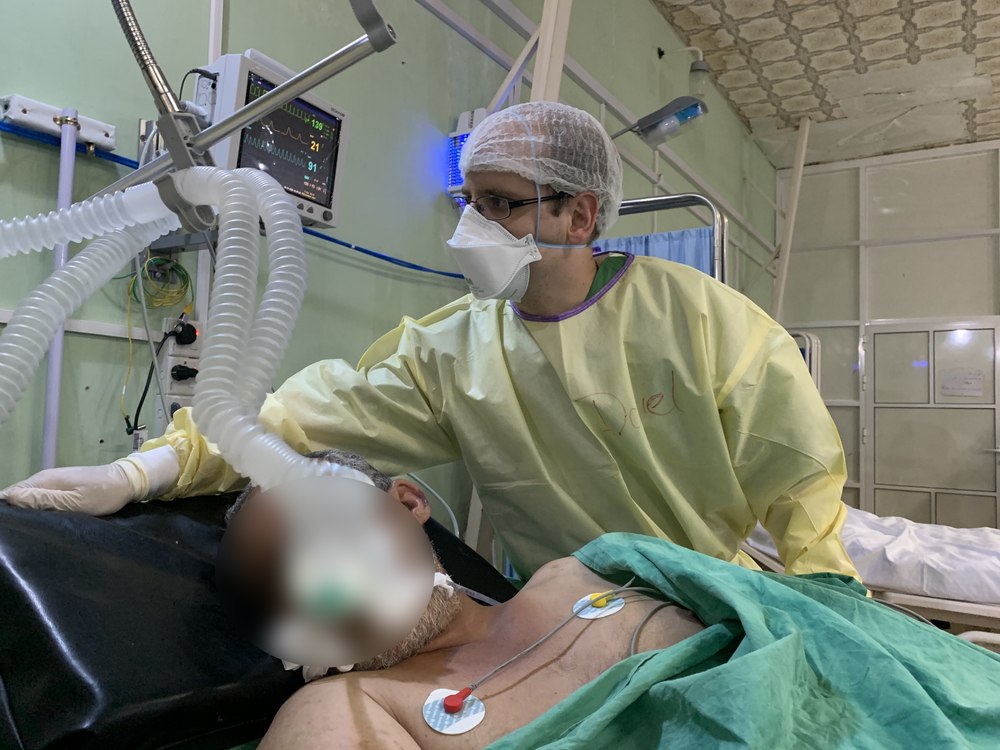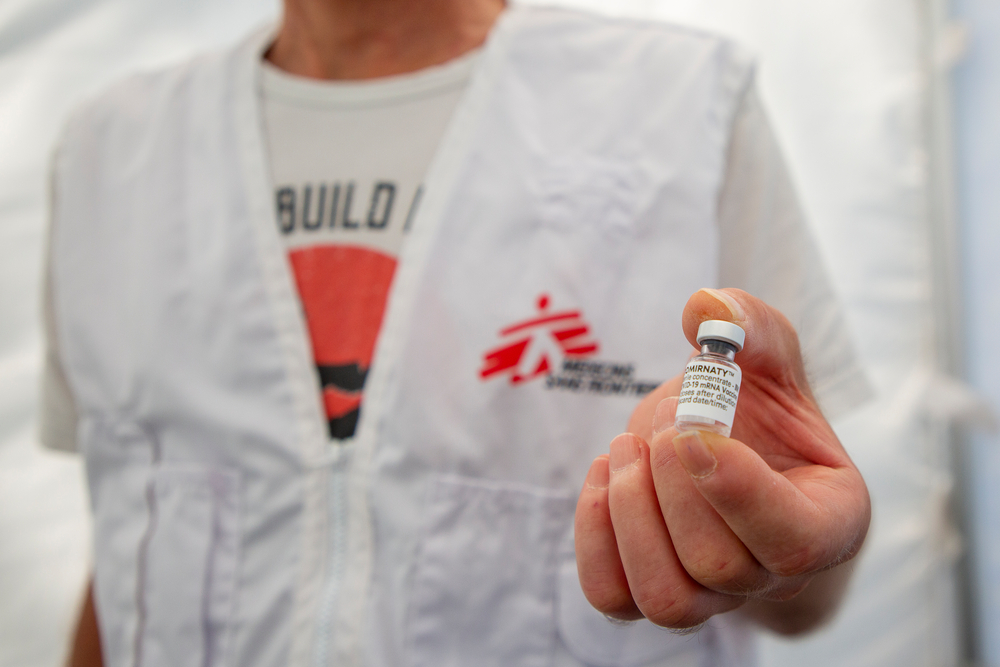Today we can say that we are entering into a new phase of the COVID-19 pandemic, with many of the countries that have been worst affected by the virus—such as the United Kingdom—having vaccinated enough of their vulnerable patients and health staff to avoid the worst of the pressure on their health systems, even though the virus continues to widely circulate. With more than a billion vaccines made a month, there should theoretically be enough for everyone.
There is, however, a problem with the distribution of the vaccines—some people who need them urgently, such as healthcare workers or people at risk of developing a serious form of the diseases because of their age or because they suffer from other illnesses, do not have access to them.
Yet the solution proposed by the UN, which calls for getting “vaccines into the arms of 40 per cent of people in all countries by the end of this year, and 70 per cent by mid-2022,” is over-simplistic. A one-size-fits-all solution that ignores local epidemiological and political conditions is misguided and even threatens to divert efforts from where they are most needed.
What we need to see are locally adapted approaches that engage with the unique characteristics of each outbreak and the people that are threatened by it. They also need to take account of the full range of tools now at our disposal—which does not just mean vaccines.

